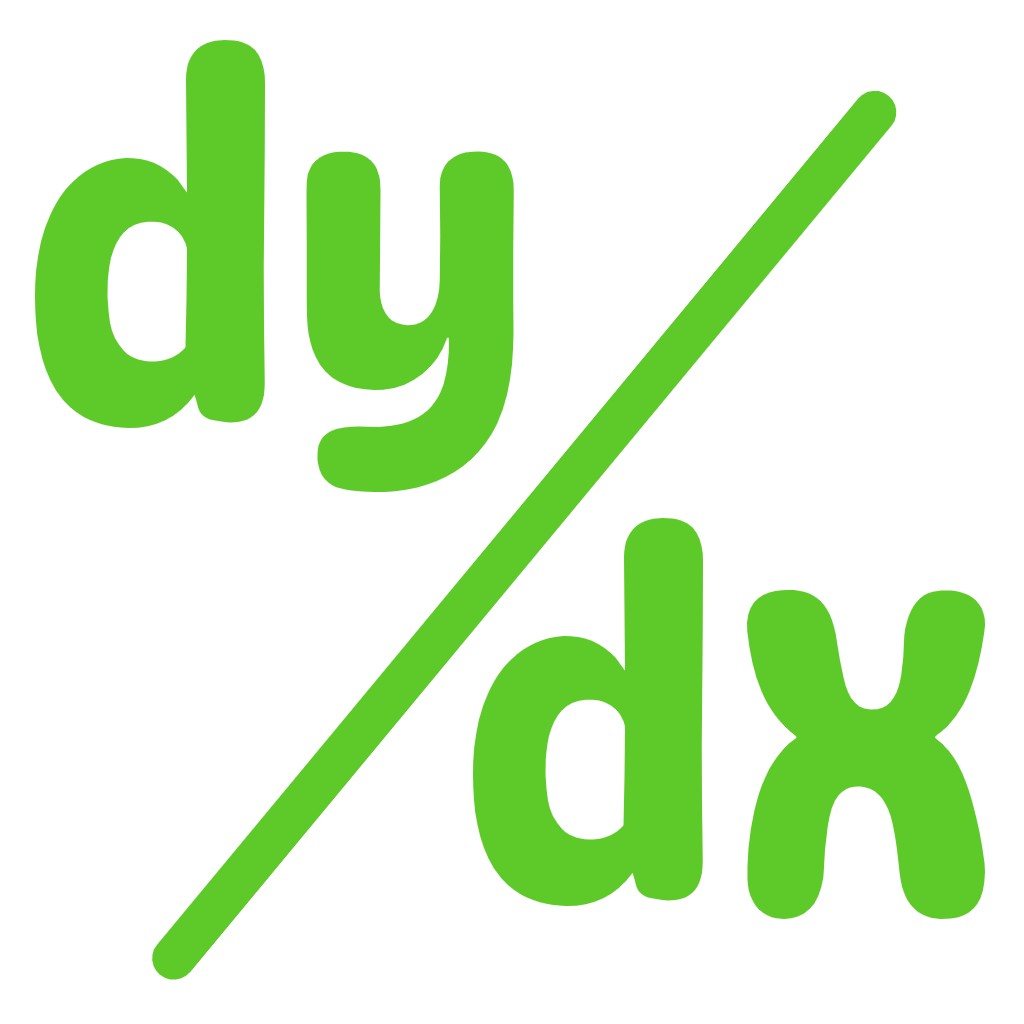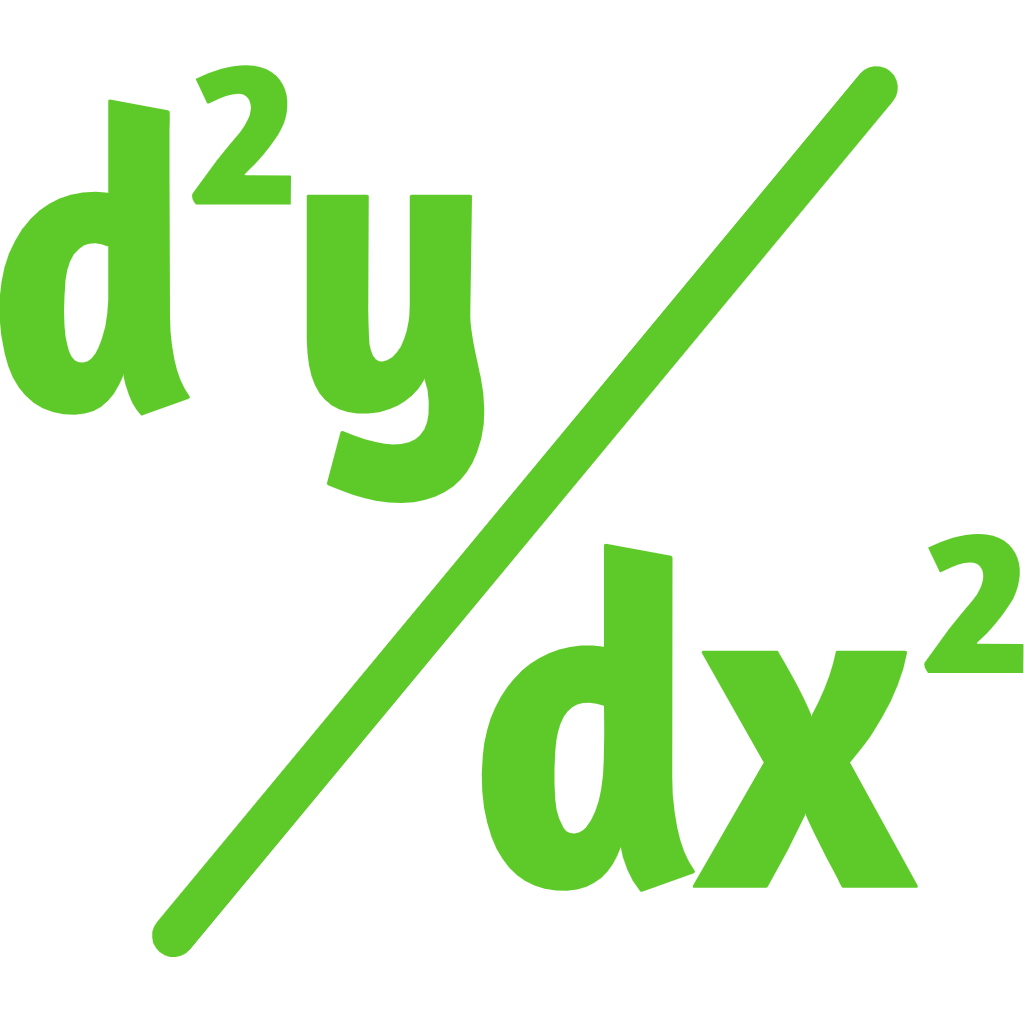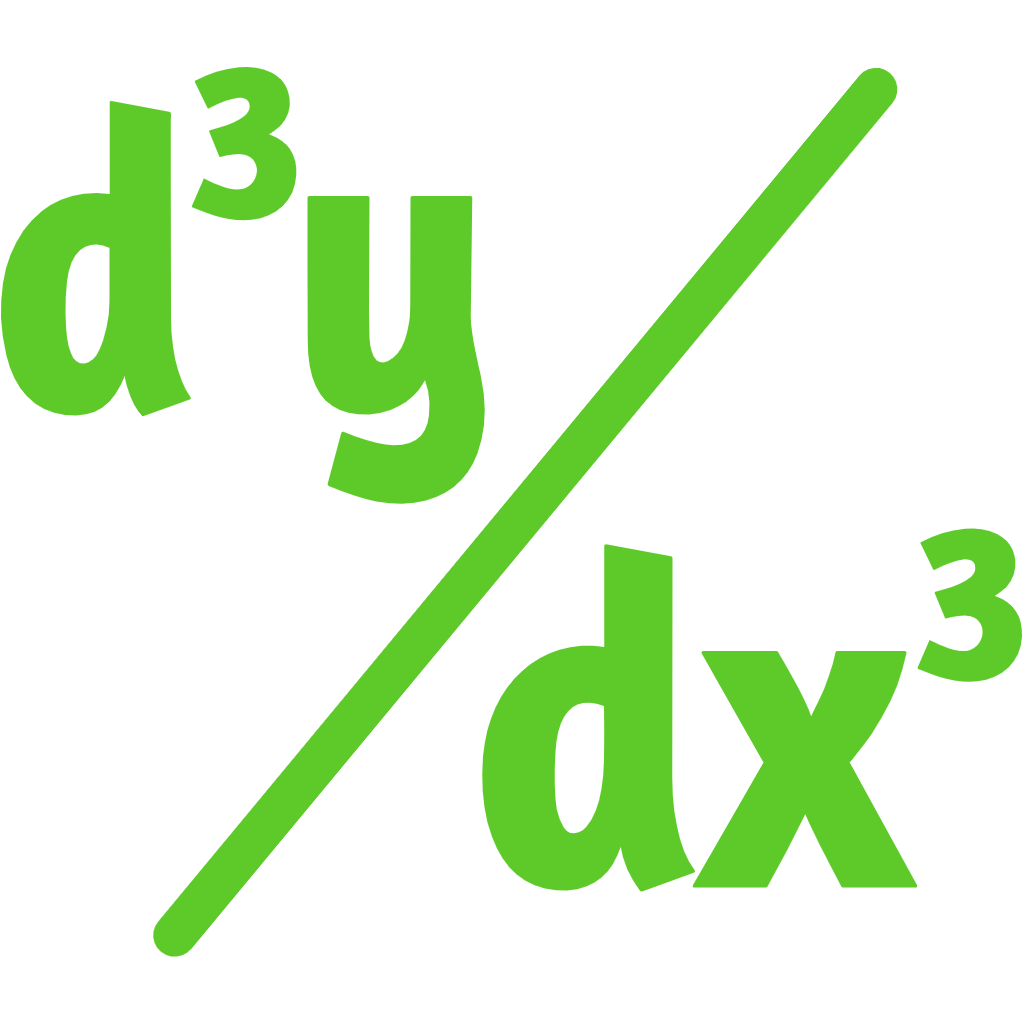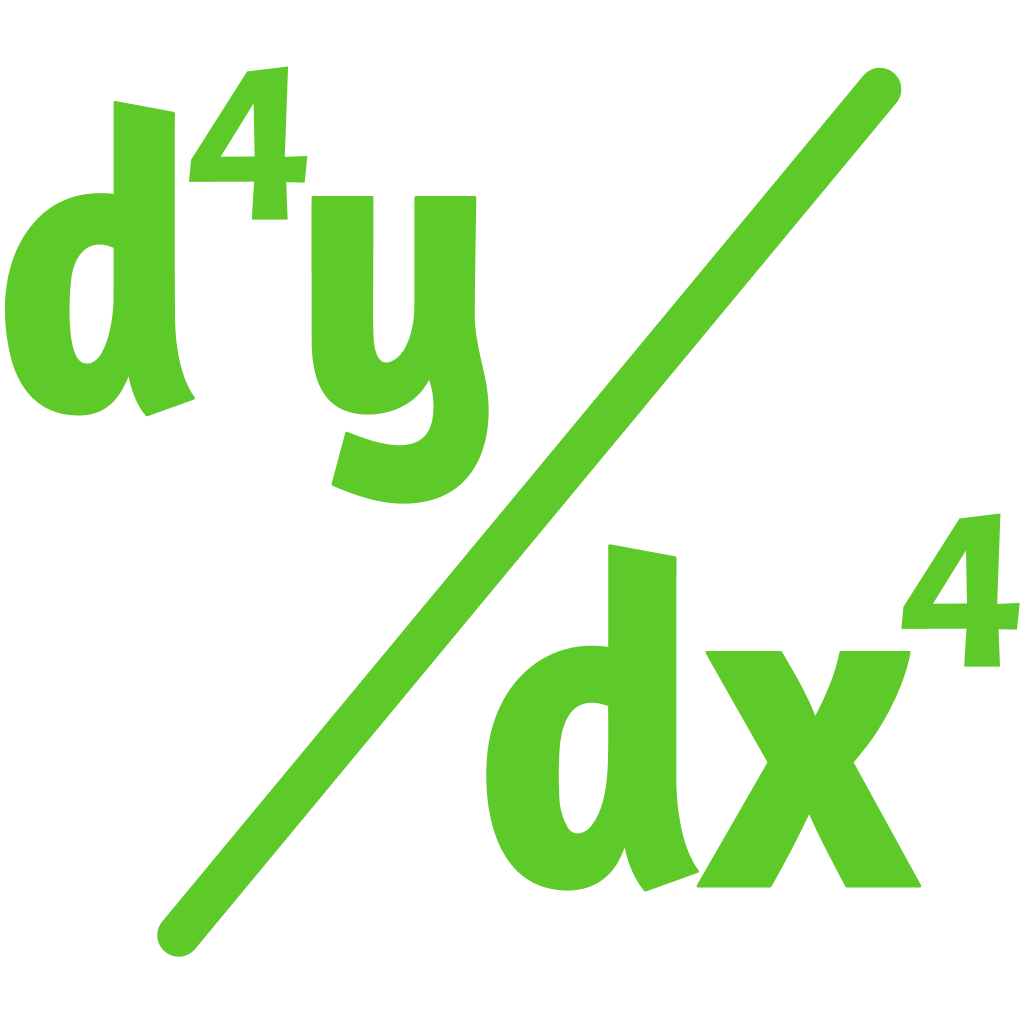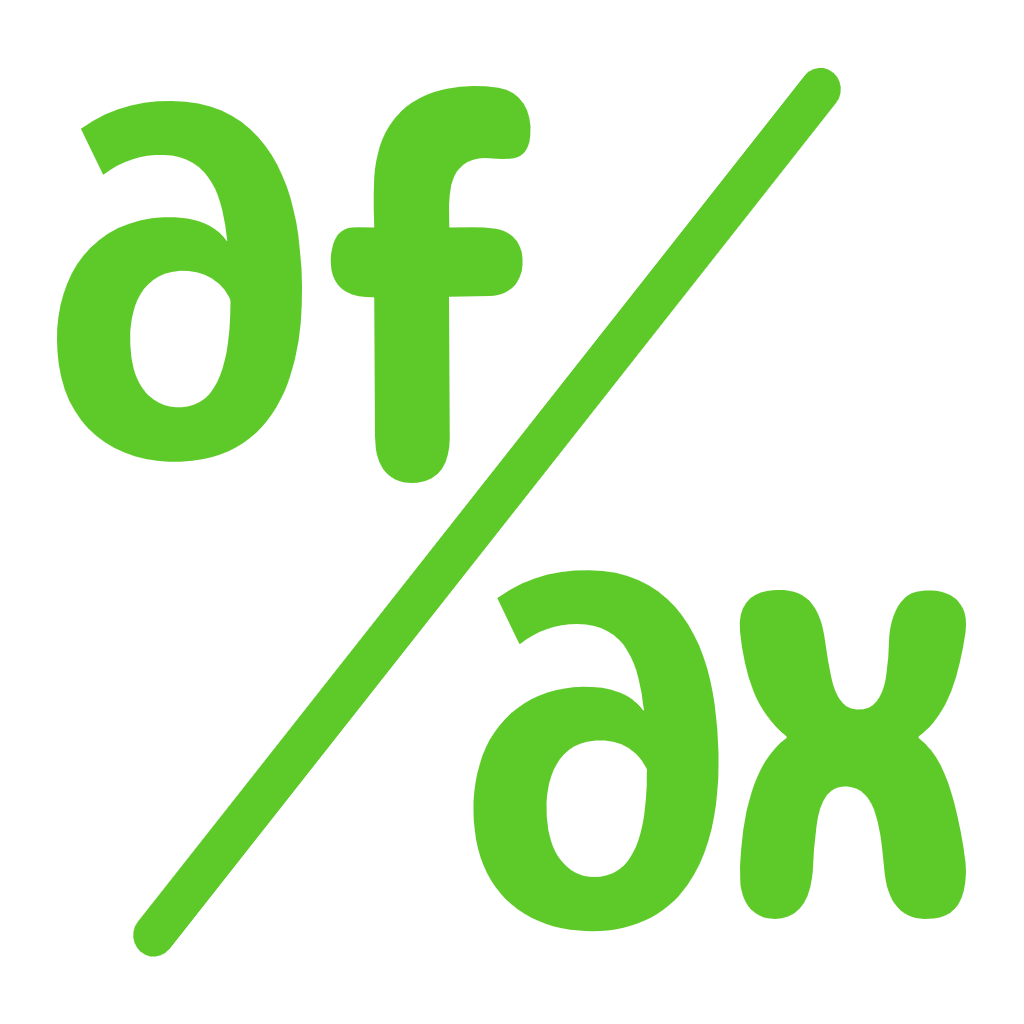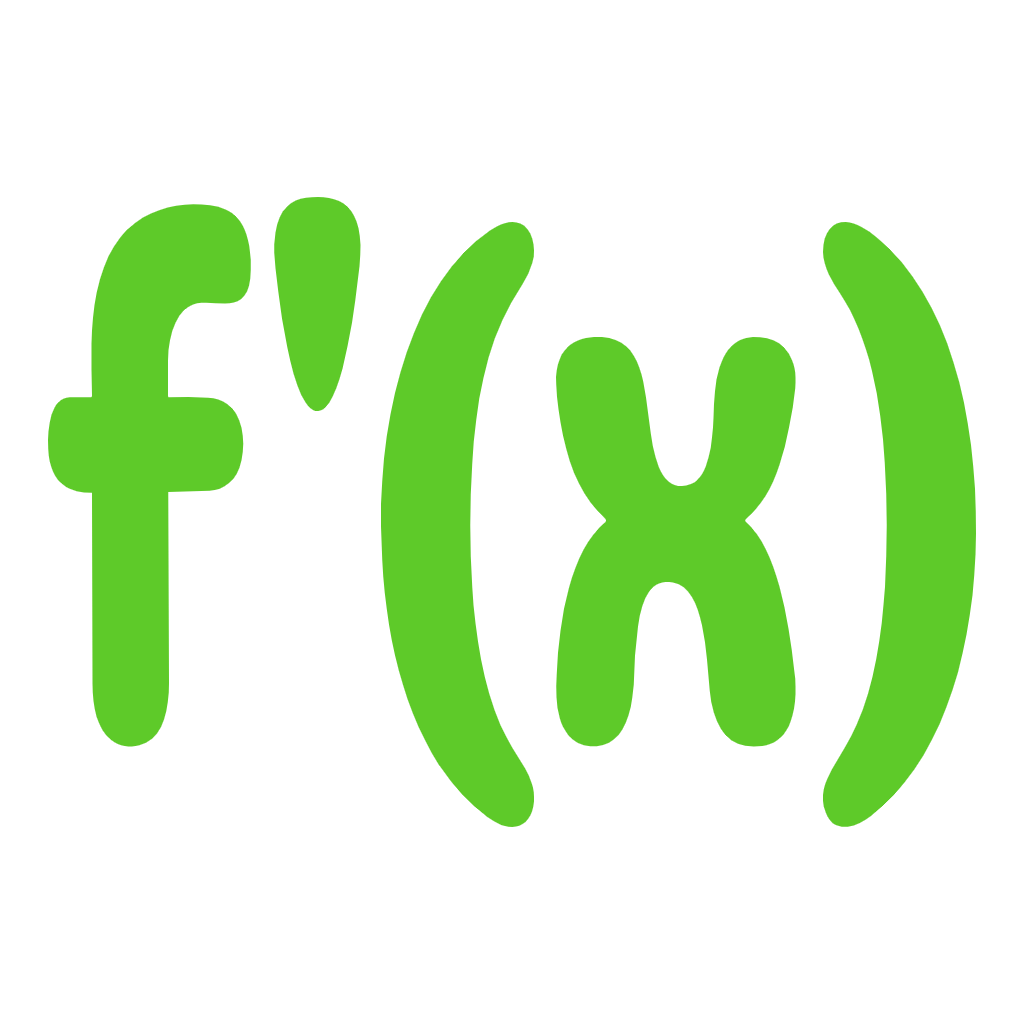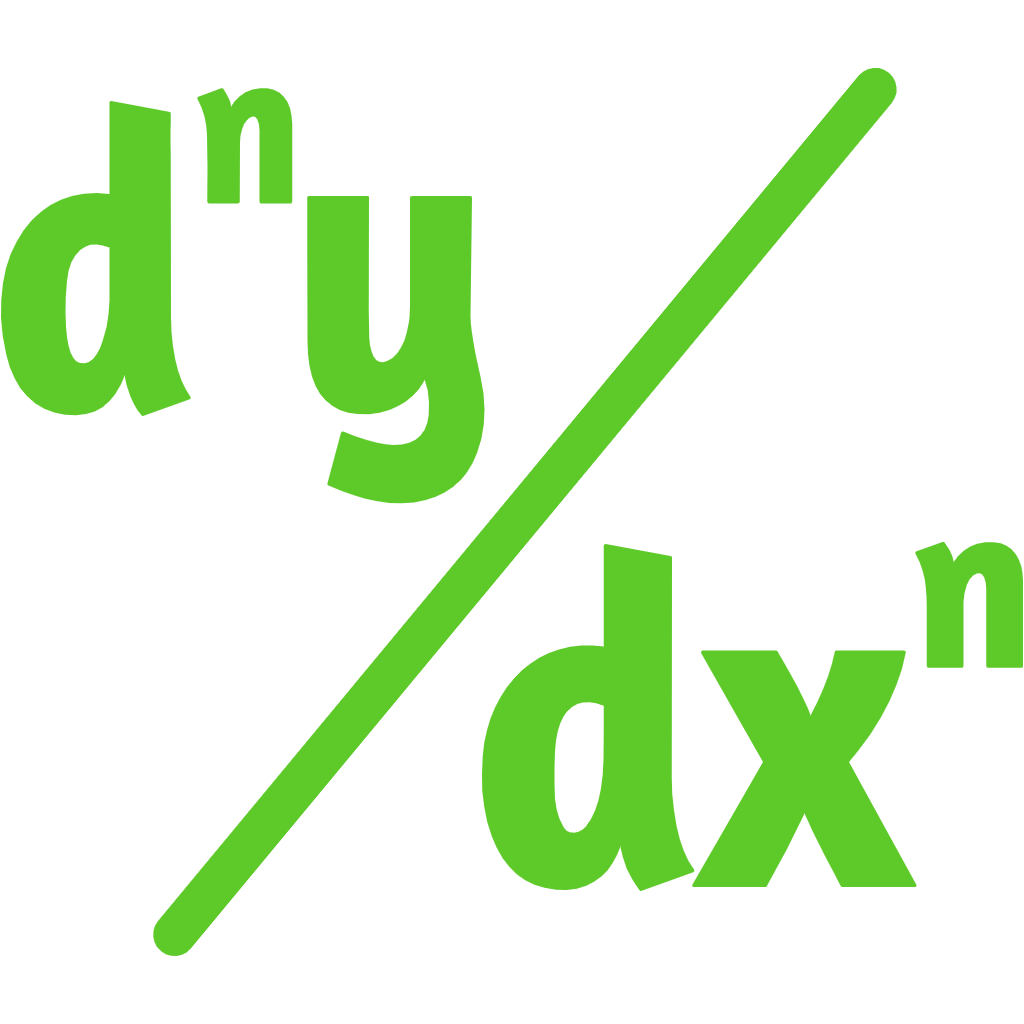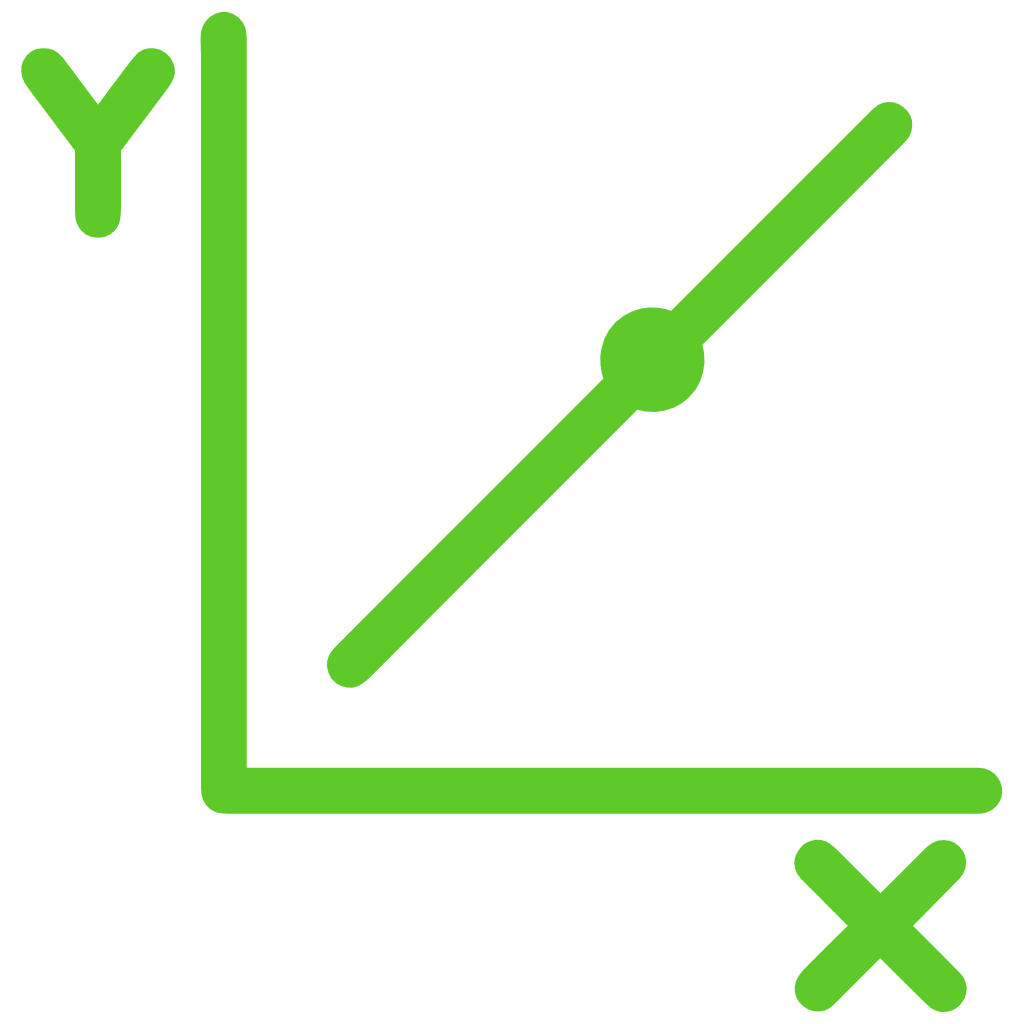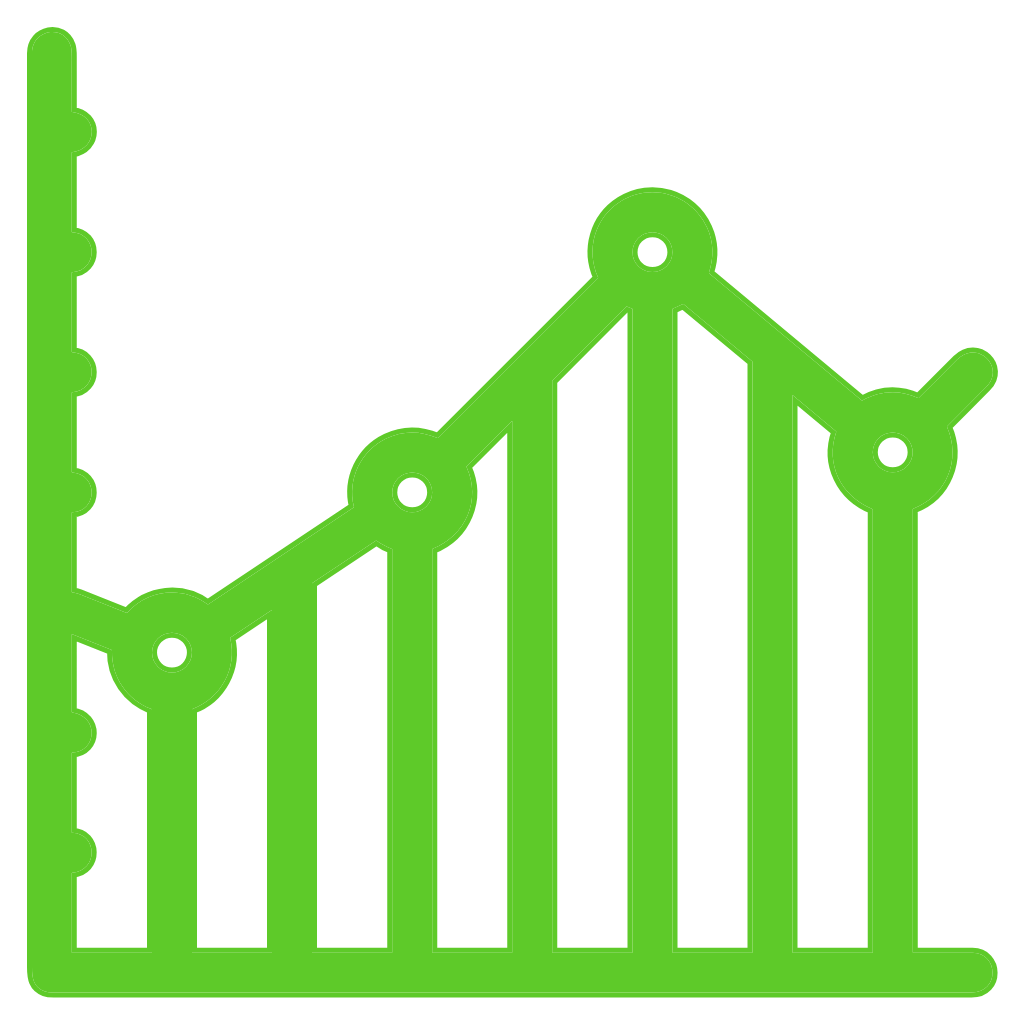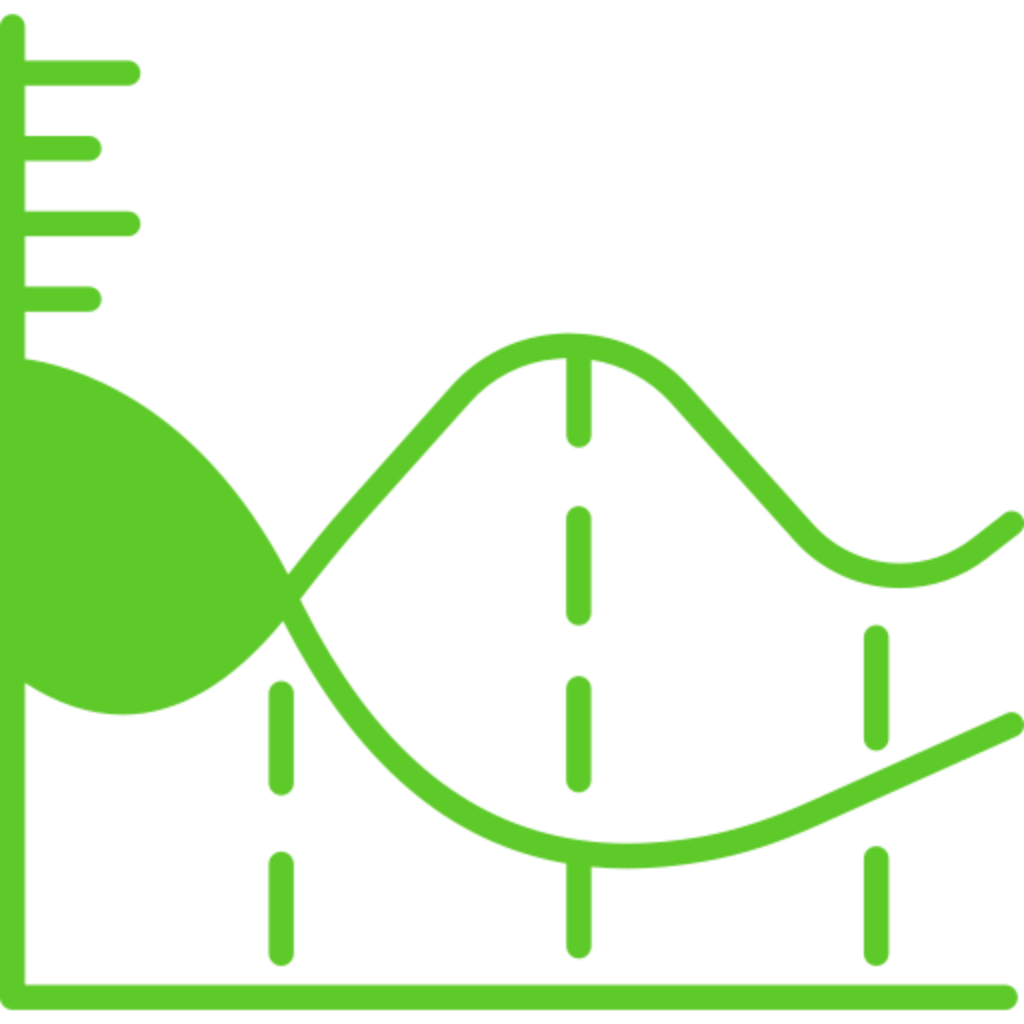Introduction to Linear Approximation Calculator
An approximate calculator is designed to find a linear function that gives the approximation value of a particular function. It allows you to calculate the estimated value of the slope of the tangent line at a specific point.

Aside from this, our approximate value calculator has an advanced feature that enables a user to find a variety of functions based on derivatives concepts easily. Linearization problems are used in engineering, physics, or other scientific fields to simplify complex functions easily.
Our Calculator simplifies the process of obtaining rough estimates of function values, especially for functions with complex or unknown behavior.
Additionally, if you would like to find the Jacobian matrix determinant set of functions, you can use our jacobian transformation calculator. Our calculator evaluates the function in two or three-variable systems, polar coordinates, nonlinear systems, and the chain rule using the Jacobian method in a fraction of a second.
What Is Linear Approximation?
Linear approximation is a method that is used to find the value of a linear function near a fixed point or the slope of the tangent line at that point is called the tangent line method. This technique replaces the complex curves with linear functions to make them easier to calculate.
Linear approximation is particularly useful in situations where a function is too complex to evaluate directly, but its behavior near a specific point can be well approximated by a linear function. It is commonly used in numerical analysis, optimization, and engineering applications to simplify complex problems and facilitate analysis.
This method computes the linear approximation of a function near a specific point using the tangent line to the function at that point. Further, if you would like to compute the Hessian matrix, which is a square matrix of second-order partial derivatives of a multivariable function, you can use our calculate hessian matrix.
Formula used by Linearization Calculator
The formula used by our linear approximation calculator is,
$$ L(x) \;=\; f(a) + f’(a)(x - a) $$
Where,
- L(x): linear approximation of function f(x) at x = a.
- f(a): actual value of the function at point x = a.
- f’(a): the derivative of the function f(x) at the point x = a.
Additionally, for a deeper understanding of derivatives and how they are calculated, you can utilize our derivative definition calculator. Understanding derivatives is crucial for determining the rate of change and slope of functions, which plays a key role in linear approximation.
Evaluation Procedure of Approximate Calculator
The Differential approximation calculator uses a differentiation method to get the function value near a given point and gives the solution of the required value of a slope of the tangent line at that point.
To find the linearization of a problem, first, you need to add an input function to the linearize calculator. Then put a given point a in f(x) as f(a) to get another point, it analyzes the given problem to check which derivation rule (like product rule, quotient rule, chain rule) gives precise results.
After differentiation of f`(x), add a again into f`(x) as f`(a) which gives the value of m. Now add m, f(a)=x1, f`(a)=y1 and give approx value of x values into the equation of the tangent line of a slope to get an approx value of y. In this way, you get the approximation value of the linear function in the run of time.
Now let's see a solved example of linear approximation value to know how the linearization calculator solves the problems. For further insights into related concepts, you can utilize our equation of normal calculator. Our calculator also used to calculate a normal line of a given equation.
Solved Example of Linear Approximation Value
The linear approximation calculator will give you accurate results of linear approximation value. It's also crucial to know each step thoroughly and solve it manually. So here is an example to help you with manual calculations.
Example:
Find the linearization of the function f(x) = 3x2 at a = 1 and use it to approximate f(0.9).
Solution:
Determine the point of substituting,
$$ f(1) \;=\; 3(1)^2 \;=\; 3 $$
Determine the derivative f’(x)
$$ f’(x) \;=\; 6x $$
Substitute into the derivative
$$ f’(1) \;=\; 6(1) \;=\; 6 $$
$$ m = 6 $$
Write the equation of tangent line,
$$ y - y_1 \;=\; m( x - x_1 ) $$
$$ y - 3 \;=\; 6(x - 1) $$
Substitute x = 0.9 into the equation of tangent line,
$$ y - 3 \;=\; 6(0.9 - 1) $$
$$ y = 2.4 $$
For further exploration of related concepts and calculations, you may want to check out our wronskian calculator with steps. Understanding concepts like Wronskian can deepen your understanding of linear algebra and differential equations.
Final Value from Our Linear Approximation Calculator
You will instantly get the linear approximation function's solution when you give the input value in this linear approx calculator.
- Possible steps will give you a step-by-step solution.
- Result will give you a solution to the linearization problem.
- Recalculate button will give you a fresh page for calculation.
How to Find an Approximate Value Calculator?
Our online linearization calculator is an easy-to-use tool that gives approx values of linearization function if you follow these steps for evaluation.
- Enter the linear function in the respective field.
- Enter a point from where you find the approximation value.
- Review your given function before hitting the calculate button.
- Click on the “Calculate” button for calculation to get a solution of approx value.
Why do you Need a Linear Approx Calculator?
Linear approximation calculator is a trustworthy tool as it always gives the exact solution of a given function in a simple procedure. It is a versatile tool because it can handle a wide range of linear functions ( explicit, parametric, polar, and implicit curves) or even more complex functions at a given point.
Our approximate calculator will take away any trouble while calculating complicated functions manually. With that, it provides a solution with steps along with a graph that helps you to understand in-depth knowledge of this concept.
Further, for a more comprehensive tool that can handle partial derivatives for multivariable functions, you can be utilize our partial derivative calculator. Our calculator allows you to compute partial derivatives with respect to one or more variables of a multivariable function, offering versatility in calculus tasks involving functions of multiple variables.
Advantages of Differential Approximation Calculator
Our approximate value calculator gives you multiple benefits whenever you choose it for the calculation of linear functions. These benefits are,
- It is a reliable device as it always gives an accurate result every time.
- Our linear approx calculator has a user-friendly interface that ensures you can easily use it.
- It is a versatile tool as it manages a wide range of functions, including parametric, polar, and implicit curves.
- It saves your time and effort for doing manual calculations of linear problems.
- Our linear approximation calculator can operate from any electronic device through an internet connection.
For more exploration of derivative calculations and solutions for various functions, you can use our differential calculator. Our calculator offers a wide range of derivative computation capabilities, including single-variable and multivariable derivatives, enabling users to analyze functions with precision and efficiency.
Application of Linear Approximation:
In advanced mathematics, the practical applications of linear approximation are used every day which are:
- In construction making bridges, tunnels, or buildings, engineers often use this method to simplify complex equations related to material stress, strain, and load distribution,
- linear approximation will give you the value of a slight change in weight or pressure.
- It is used for weather forecasting in time intervals, predicting small weather changes.
- It is also used in graphics, especially in video games, shading, reflections, and other visual effects.
So, our linear approximation calculator can help you find the linear function of any complex equation. You just need to enter the function and our calculator will give you the results.
Additionally, if you're interested in finding derivatives at specific points, you can utilize our derivative calculator at a point. Our calculator computes the derivative of a function at a given point, providing instant results and facilitating mathematical analysis.

